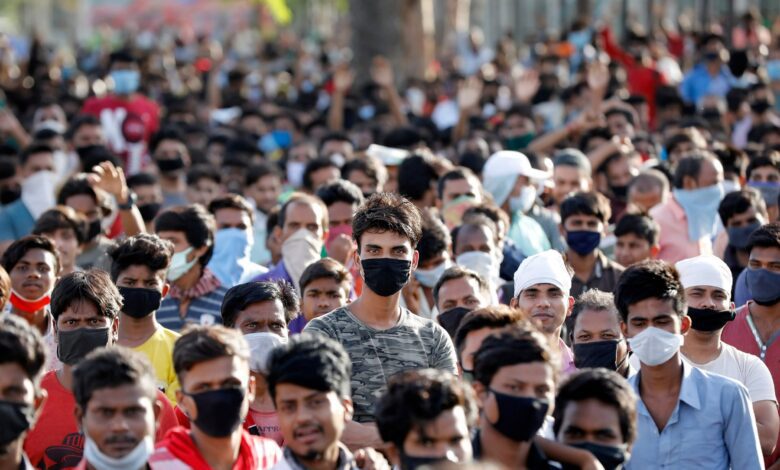Over 40% of graduates under 25 unemployed: Report
The report published by Azim Premji University talked about upward mobility, caste-based segregation and gender disparity

Amidst the speedy economic growth and falling unemployment rate in India, a new statistic has emerged which says that in spite of the falling unemployment rate post-covid, a massive 42% of graduates under the age of 25 still have not found a job compared to those with higher educational levels for the same age group.
“Post-Covid the unemployment rate is lower than it was pre-Covid, for all education levels. But it remains above 15% for graduates and more worryingly it touches a huge 42% for graduates under 25 years,” said the report, ‘STATE OF WORKING INDIA 2023: Social Identities and Labour Market Outcomes’ which is released by the Centre for Sustainable Employment of Azim Premji University.
According to the report, while the gender pay party has reduced over time, it is still significantly higher than the disparity between different castes and religions. This disparity is the highest amongst self-employed individuals and SC/ST women employees. The report also says that upward mobility has increased, and caste-based segregation and gender disparity has reduced across labour markets.
The report has also stated the number of SC/ST workers in the waste-cleaning industry or the leather industry has reduced while not being eliminated completely as of the year 2021-22. “In the leather industry, the representation index declined sharply to 1.4 in 2021. In waste management and sewerage, over-representation of SCs decreased to 1.6 times in 2011 before increasing slightly again,” the report said.
Speaking on the issue of women joining the workforce, the report states that even though more women are now in the workforce, it is more due to distress led self-employment than voluntary participation. While the report has highlighted positive improvements when it comes to gender based payment but the traditional gender norms continue to dictate or influence women’s decision even today. In 2004, women in salaried positions earned 70 percent of what men earned. This improved to 76 percent in 2017 and remained constant in 2020-21. Before Covid, 50% of women were self-employed, but post Covid this rose to 60%. “Even two years after the 2020 lockdown, self-employment earnings were only 85% of what they were in the April-June 2019 quarter,” the report said.
The report also found that the employment status of a mother-in-law in a house also impacts whether the daughter-in-law had to work or not. According to the report, married women in rural and urban India were, respectively, 20% and 30% less likely to be employed if they had an unemployed mother-in-law living with them, as compared to if the mother-in-law was not living with them. Meanwhile, if the mother-in-law was working and living with them, then the daughters-in-law were 50% (rural) and 70% (urban) more likely to be employed as compared to if they lived apart.
The report has utilised a variety of data sources, including surveys conducted by the National Statistical Office (NSO), such as Employment-Unemployment Surveys and Periodic Labour Force Surveys, as well as the India Working Survey which is a collaborative effort between researchers from Azim Premji University, Indian Institute of Management Bangalore, and University of Western Australia.
Please, also have a look into : Financial insecurity deemed cruelty: Delhi HC



